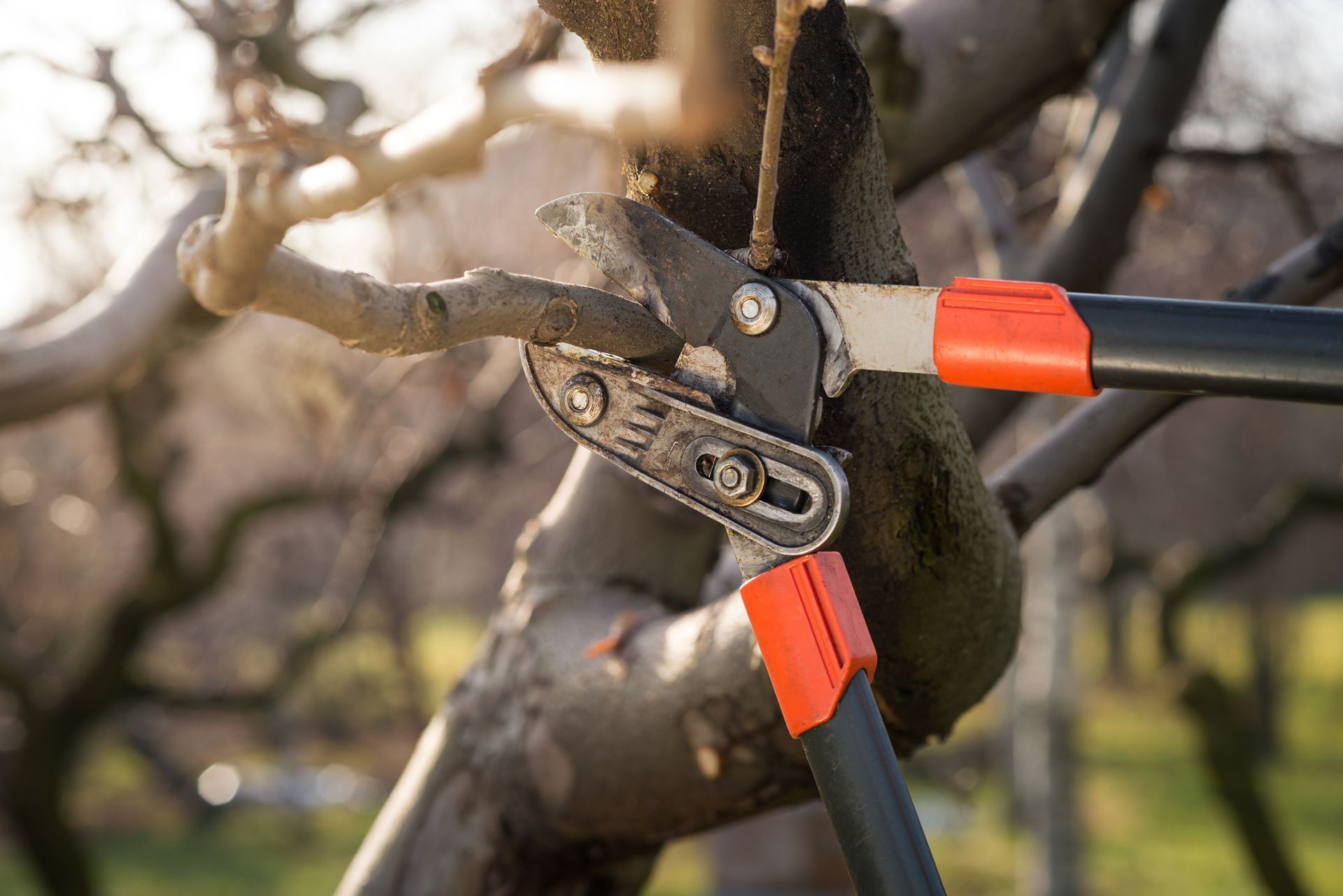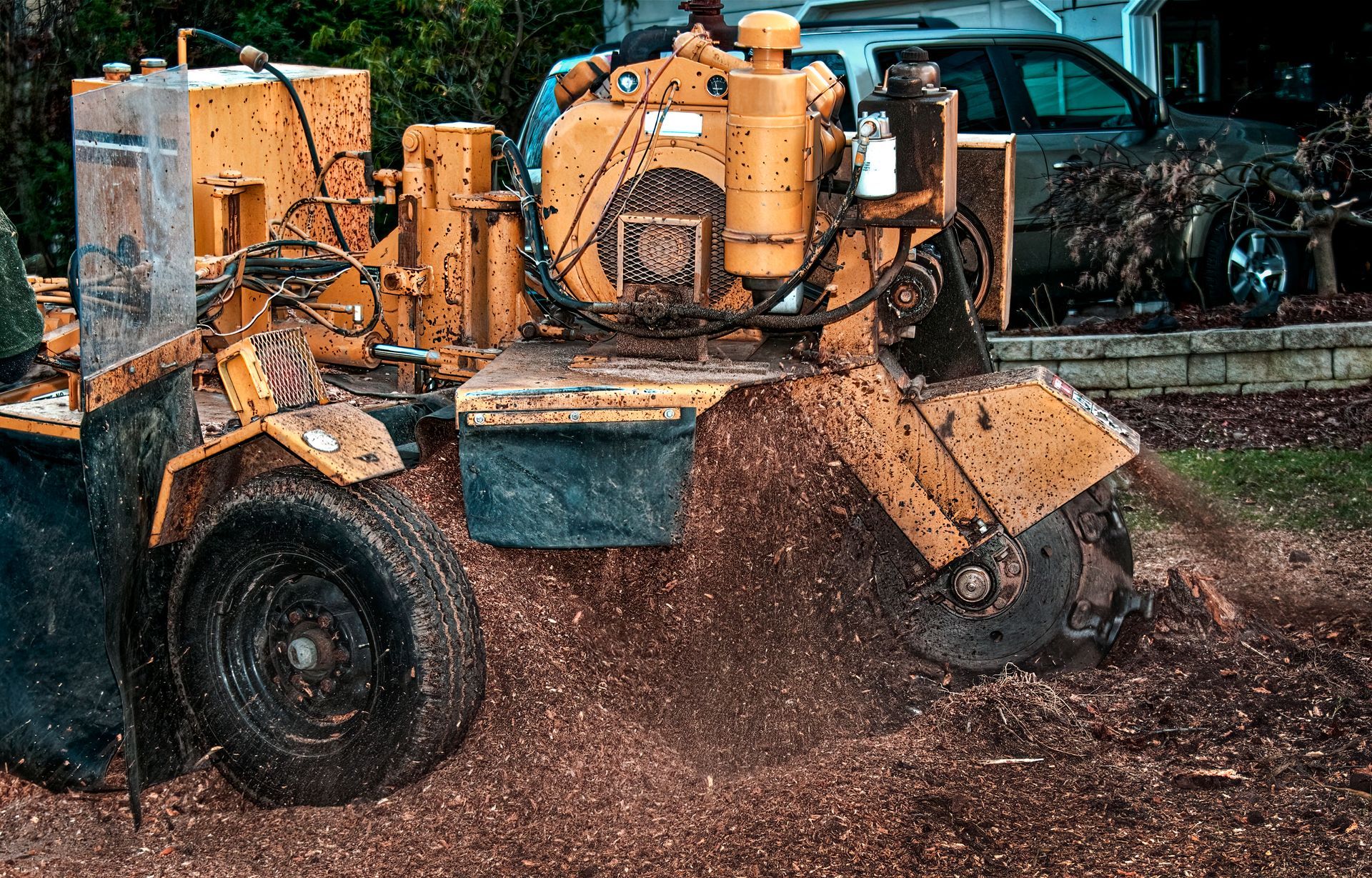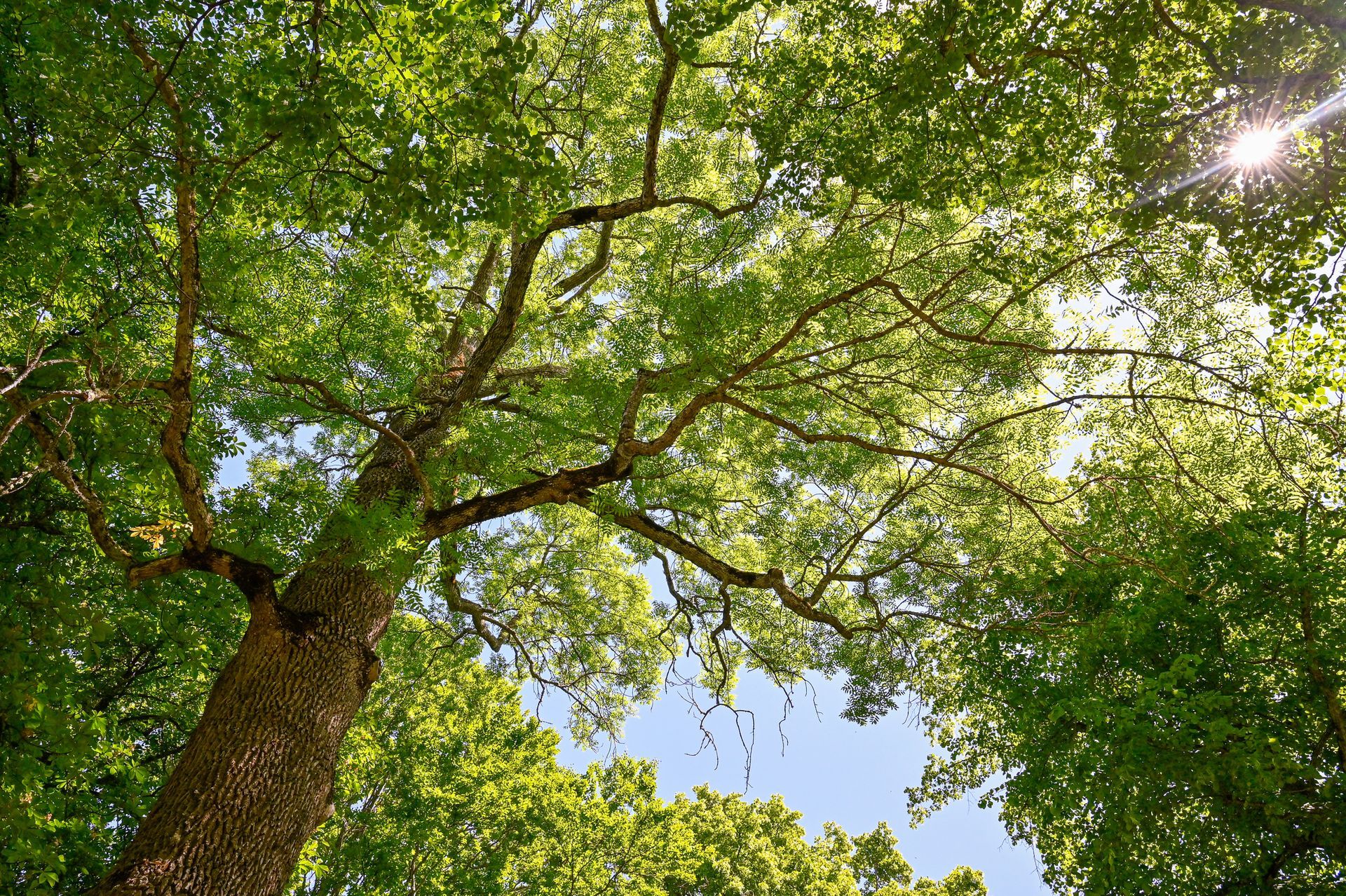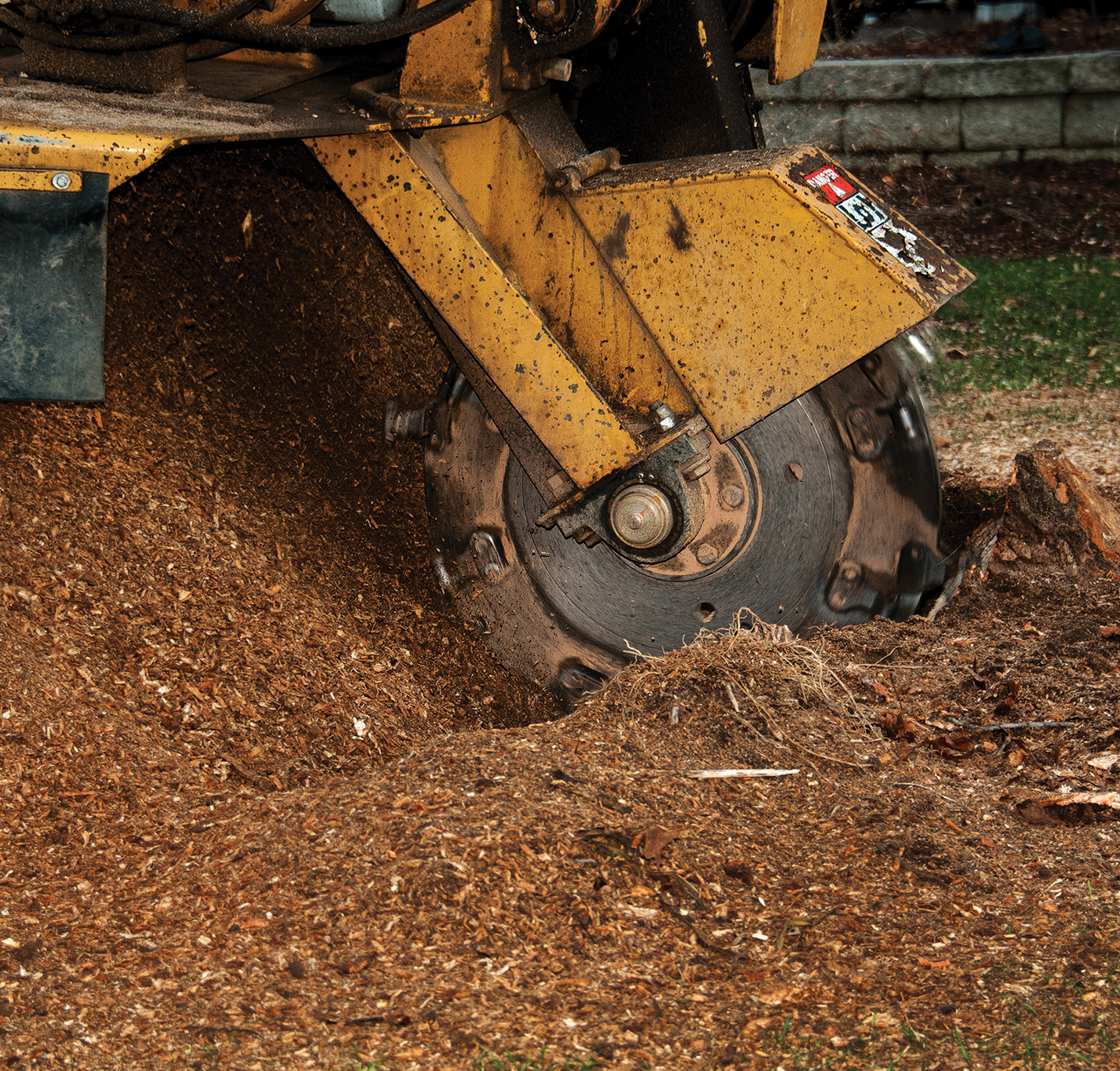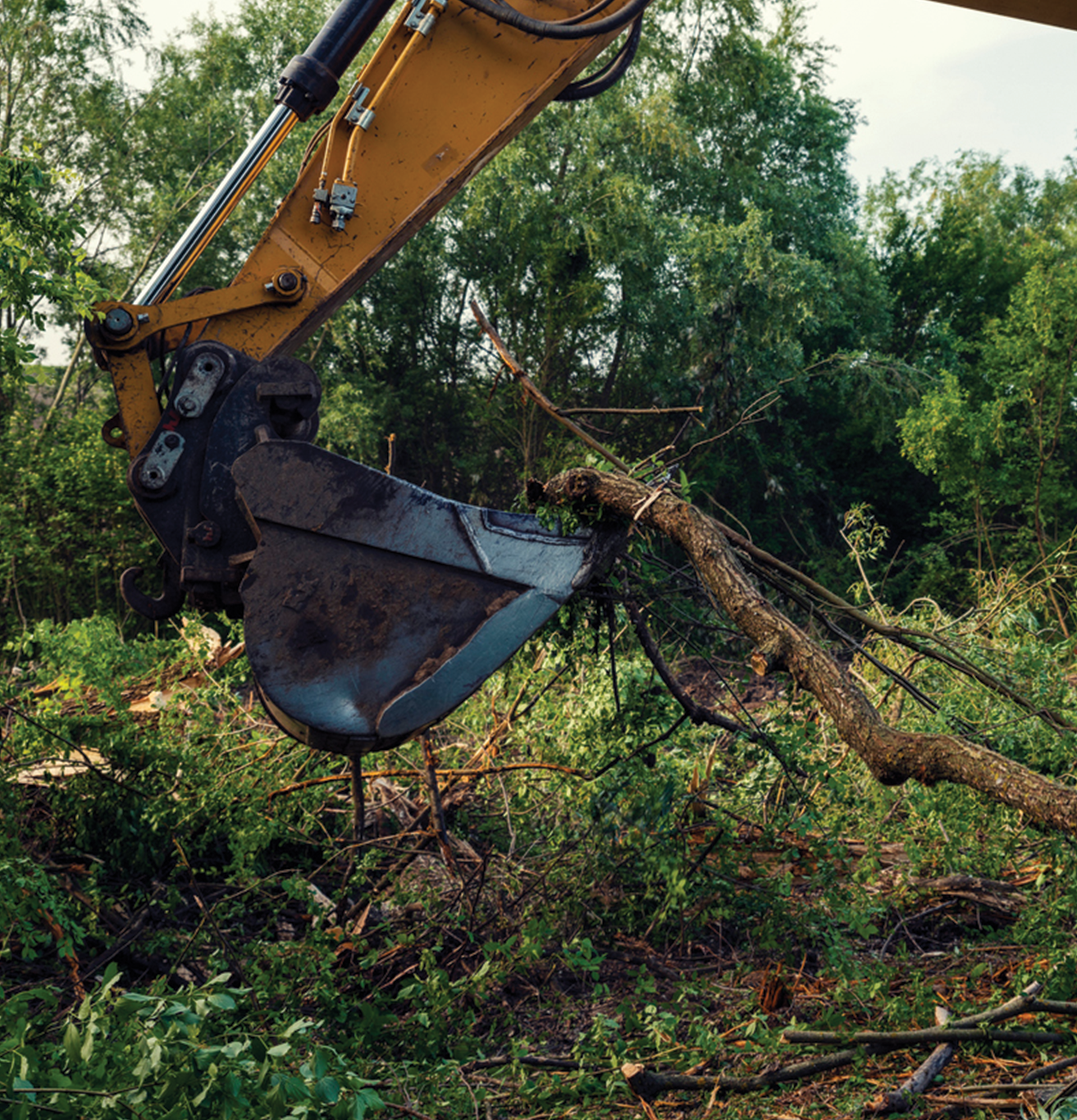Tree Risk Assessment: What It Is and Why You Might Need One
Serving: Columbia, MO, Jefferson City, MO & Columbia, MO
Protect your home, business, and property across Columbia, Jefferson City, and all of Mid-Missouri
Not all tree hazards are obvious. A tree may look healthy from the outside, but inside, it could be rotting, cracked, or structurally unstable. That’s where a Tree Risk Assessment (TRA) comes in.
If you live in Columbia, Jefferson City, Fulton, or anywhere in Mid-Missouri, here’s what you need to know about tree risk assessments—what they are, why they matter, and when to schedule one.
What Is a Tree Risk Assessment?
A Tree Risk Assessment is a professional evaluation of a tree’s structural stability, health, and potential for failure. It helps determine if a tree is likely to break, fall, or cause damage—and what steps, if any, should be taken to reduce that risk.
At
Advanced Tree Solutions, our assessments follow industry best practices and include:
- A thorough visual inspection of the trunk, limbs, roots, and canopy
- Evaluation of location risks (e.g., proximity to homes, roads, or power lines)
- Diagnosis of pests, disease, or structural defects
- Recommendations for pruning, treatment, bracing, or removal
Why You Might Need a Tree Risk Assessment
1. You Have a Leaning or Damaged Tree
Storms, ice, and high winds can weaken a tree’s structure. A lean or crack could be a sign of a larger issue—one that needs urgent attention.
2. The Tree Is Near a Structure
Trees that overhang homes, driveways, sidewalks, or power lines should be assessed regularly. One broken limb could cause major property damage or injury.
3. You Notice Dead Limbs or Fungal Growth
Large dead branches or mushrooms growing near the roots can signal decay or disease. A TRA will identify if it’s a health issue or a safety concern.
4. You’re Planning Construction
If you’re building near existing trees, a risk assessment can help determine which trees to preserve, which need removal, and how construction might affect their long-term health.
5. For Peace of Mind
Sometimes, it’s not about obvious risk—it’s about knowing your trees are healthy and safe. A professional evaluation can help you make confident, informed decisions.
What Happens After the Assessment?
We’ll give you a clear, actionable summary:
- Whether your tree is safe, borderline, or high-risk
- Any signs of decay, instability, or pests
- Recommended next steps: no action, pruning, cabling, treatment, or removal
You’ll get honest, expert insight—no pressure, just facts.
Schedule a Tree Risk Assessment in Columbia, Jefferson City, or Fulton, MO
At Advanced Tree Solutions, we help homeowners, HOAs, and commercial property owners make smart, safe decisions about their trees. If something looks off—or you just want to be sure—we’re here to help.

